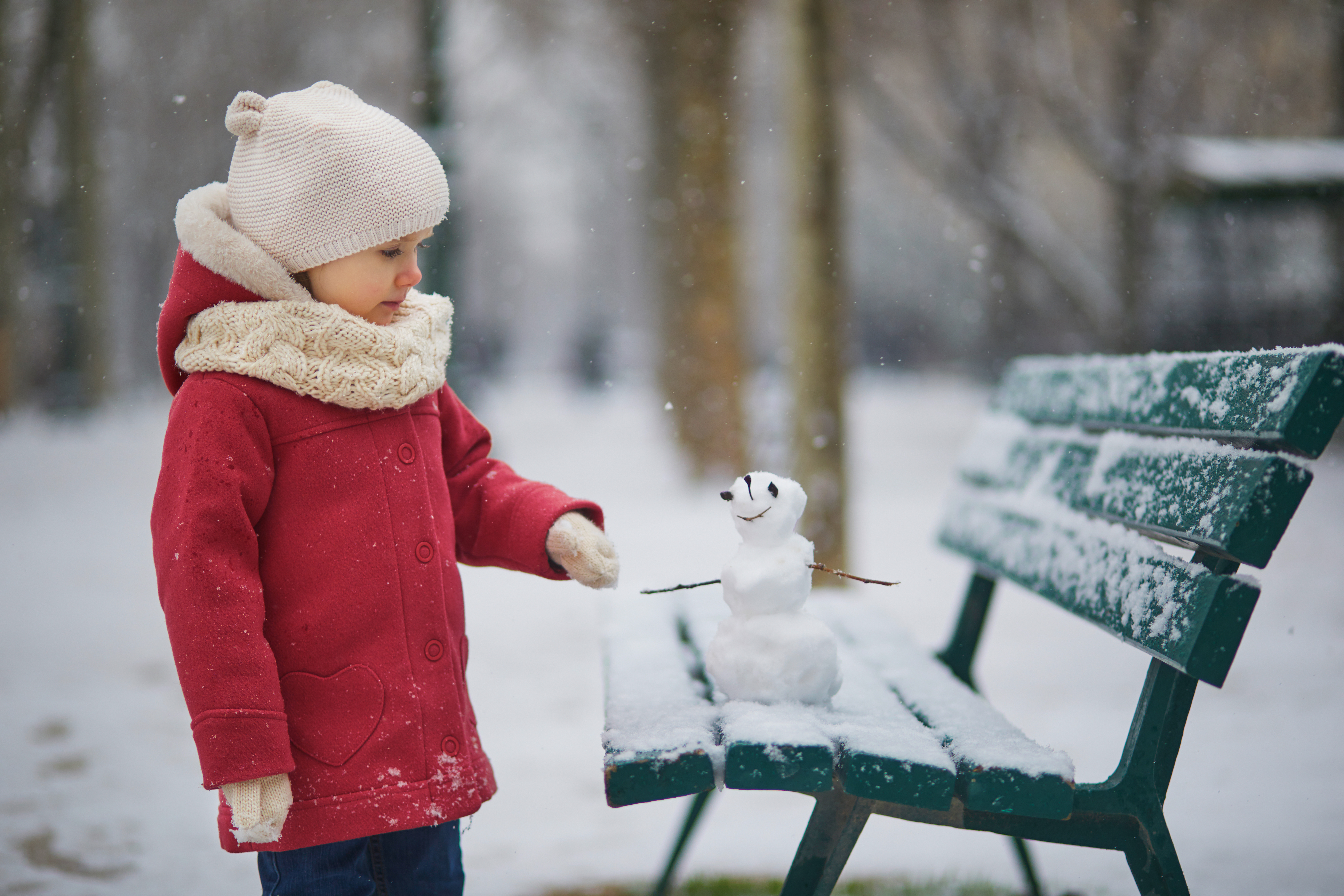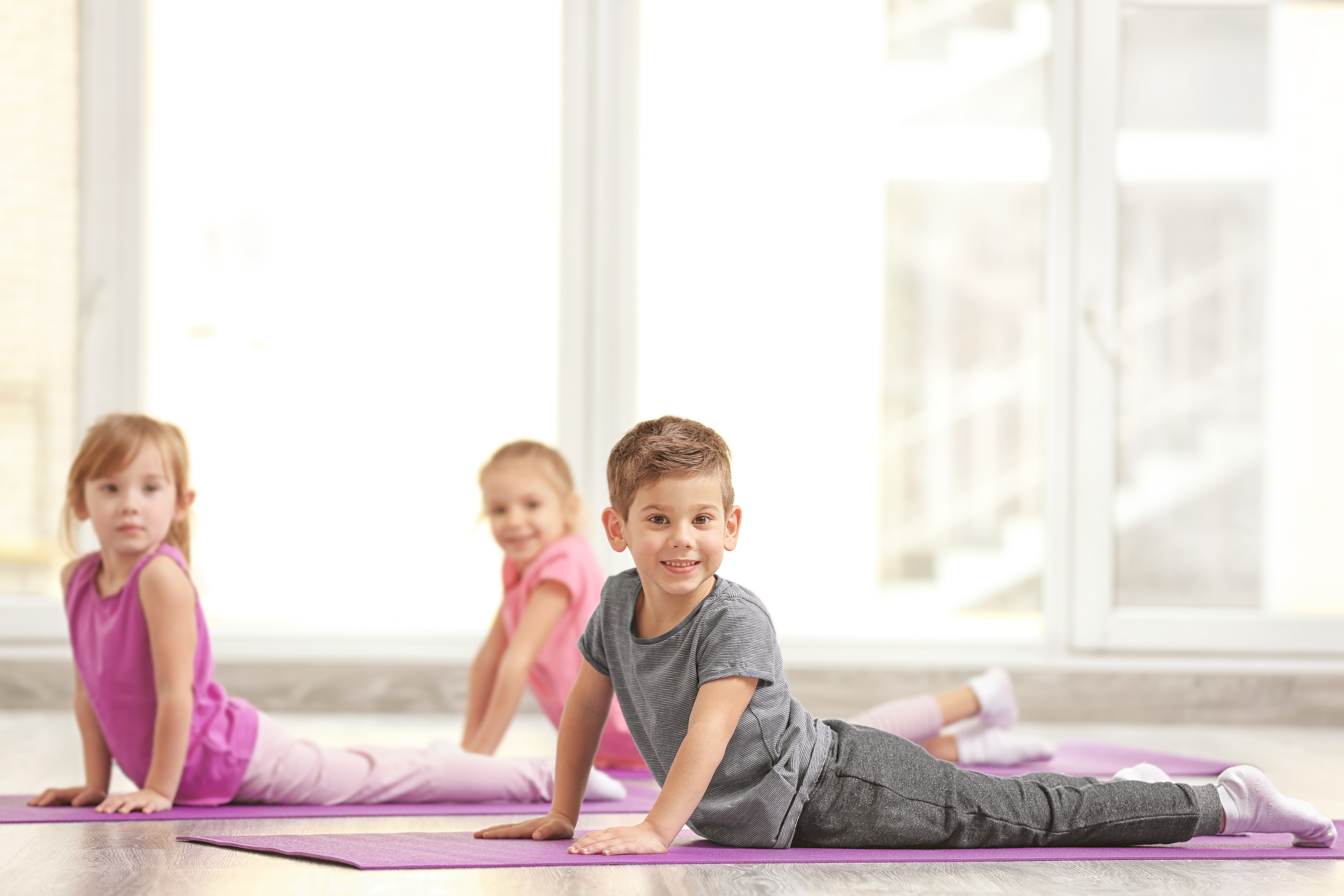
Summer Outdoor Learning Activities for Science
Summer sun, let’s have some fun! The summer season is the perfect time to feel the warm sunshine and get outside to explore. These activities take the fun outdoors for engaging science activities involving the sun.
Sun is necessary for life on Earth because it helps living things grow. Spending time outside on sunny days helps our bodies to naturally produce vitamin D which boosts our energy, helps us sleep, and keeps our bones and teeth healthy and strong.
However, everyone should be mindful of sun exposure. Energy from the sun through ultraviolet radiation can cause sunburn. It’s important to keep the largest organ of the body, the skin, healthy and safe. Always wear sunscreen (even on cloudy days!), hats, sunglasses, and other clothing to protect your skin. So before you head out the door, put on some sunscreen and gear up for fun with the sun!
1. SUN PRINTS
Sun prints help kids understand the power of the waves of light that come from the sun, ultraviolet (UV) rays. As an added bonus, kids get beautiful art when the experiment is complete.
For this activity, use colored construction paper for results within a few hours. Note that darker colored construction paper will have more dramatic results.
Make sure that the sun exposure won’t be interrupted by the shadows due to the sun’s movement during the day. Cloudy or partly cloudy days are OK! If clouds are in the forecast, just leave the paper outside longer.
Have each child choose their paper, and find a flat, sunny spot outside. Tell kids to use buttons, BINGO chips, coins, dice, plastic learning counters, etc., to make designs and patterns on the paper. Or, kids can create abstract art with natural items such as flowers, leaves, grass, shells, and/or sticks. Make sure any flowers or plants children want to pick are safe to use. Help children flatten leaves and petals beforehand if needed.
Help children keep the artwork and paper secure by placing plastic wrap over the paper and weighing it down with rocks on each corner, or placing a small rock on each object. After 2-3 (or more) hours in the sun, children should carefully remove the items and admire the results of the paper’s exposure to the sun.
2. STACKABLE SHADOWS
This stackable shadows experiment is an interactive way to take indoor toys outside. When the sun is shining brightly, bring wooden blocks, building bricks, and other stackable items outside to create towers on cement surfaces such as sidewalks.
Tell children to get creative with the shapes and sizes, and create as many towers as they would like. Ask kids to predict what kind of shadows the towers will make. Long? Short? Wide? Skinny? Have them rearrange their towers to adjust the shadow if desired.
After the towers are complete, provide sidewalk chalk for children to trace the shadow. As the day passes, kids should trace the tower’s shadow in different chalk colors as the shadow changes with the sun’s movement over time.
3. SUN MELTING
Melting items in the sun is a great way to learn about the strength of the heat from the sun’s rays. On hot and sunny days, this experiment works especially well because certain items may melt quickly, giving speedy results to eager scientists.
A tidy way to conduct the experiment is to use a 12-cup muffin tin so the items stay put once they begin to melt. Have pot holders available to handle the metal pan at the end of the experiment because it may be hot to the touch.
Materials to melt may include edible and inedible items you may already have on hand. Edible items may include: butter, caramel or other soft candy, cheese cubes, chocolate, ice cream, crackers, fruit snacks, ice, marshmallows, uncooked pasta, etc. Inedible items may include: blocks, crayons, erasers, marbles, paper clips, plastic toys, soap, tealight candles, etc. Get the kids involved, and ask what they would like to try!
If needed, help children fill each of the 12 cups with an item. Ask children what they think will melt, what will melt the fastest, what will melt the slowest, etc. Create a chart to record their hypotheses, whether the items melted, and how long it took for each item to begin to melt. Allow older children to help you use a stopwatch app or a clock to record the time it takes for each item to melt.
After the experiment is over, talk about the results with the children to help them learn from the observations. Did the items that melted match their hypotheses?
These sun science experiments are sure to keep kids actively learning outside this summer! To keep students engaged in kinesthetic learning experiences all year long, check out Walkabouts! Bring movement-based learning to your homes and classrooms with Walkabouts’ web-based lessons for pre-K to 2nd grade students that integrate movement-rich activities with math, language arts, and reading.





